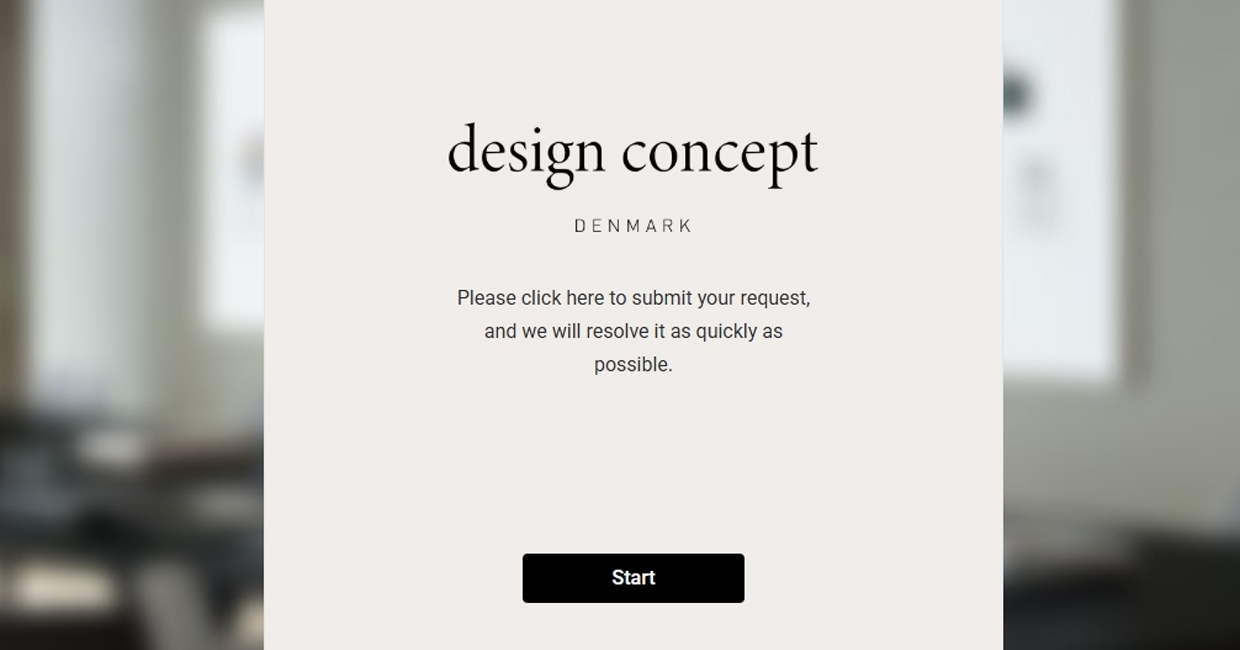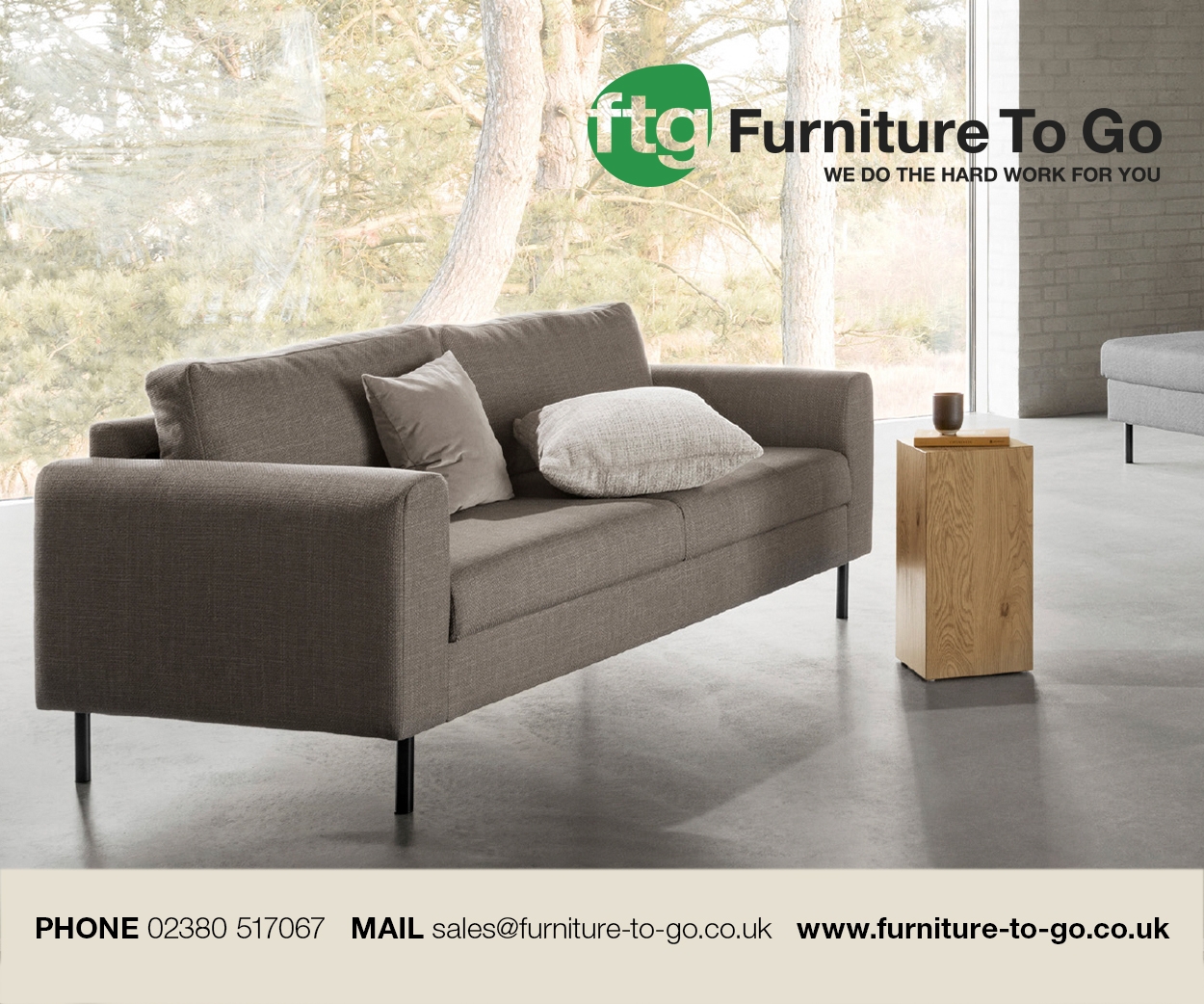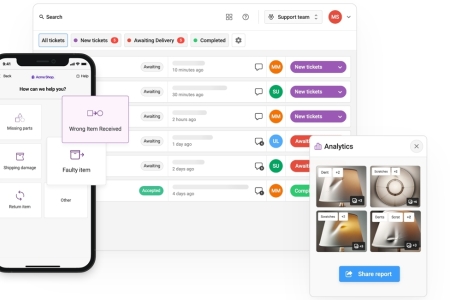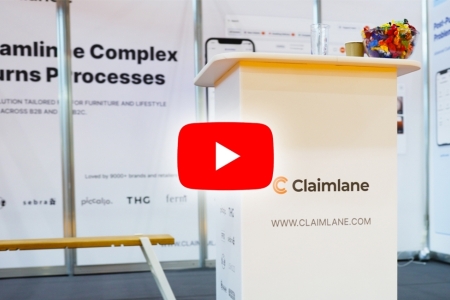In a recent webinar focused on turning claims into sales in the furniture industry, warranty claims and returns platform Claimlane hosted Anders Krogh Jensen from Design Concept, who leads the company’s logistics department. Their conversation neatly summed up many of the key challenges and opportunities in warranty claims – including how they can be turned into sales …
Design Concept Denmark operates as a design house with multiple brands, including Muubs and Andersen Furniture. The business model combines retail and B2B sales, supplying furniture to web shops, traditional retailers, hotels, corporate offices, and large-scale projects.
During the session, the participants explored the key challenges and opportunities in warranty claims, and how they are turning claims into sales.
Understanding the role of logistics in furniture businesses
As head of logistics, Anders is responsible for overseeing warehouse operations, optimising transport, and ensuring smooth delivery processes at Design Concept. The company transitioned from in-house logistics to a third-party provider, which required ongoing communication and fine tuning of agreements.
But logistics is not just about moving furniture, says Claimlane – it is also about enhancing a business’ overall efficiency, including claims management.
“Anders shares that their biggest challenge right now is optimising transport,” continues Claimlane. “With new environmental regulations and taxes, they need to pack items more efficiently to reduce pallet size and shipping costs. At the same time, they need to decide whether they absorb these costs or pass them on to customers.”
The pain points of claims management in the furniture industry
Warranty claims are a reality for any furniture business. Unlike other industries, dealing with claims in furniture involves lots of complexities, including logistics, customer service, and supplier co-ordination, says Claimlane: “Anders explains that handling claims through email was a nightmare. It was time consuming, inefficient, and often frustrating for both them and their customers. Customers would send incomplete information, and they’d go back and forth trying to get the necessary details. It was a huge time drain.”
And, beyond the workflow problems, the nature of claims meant that interactions with customers could be tense.
“Customers submit claims with emotions,” Anders notes. “They’re often frustrated, and their emails reflect that. When they forget key details, it creates extra work for us and delays resolutions. That’s why we knew we needed a better system.”
Using technology to automate claims
To tackle these challenges, Design Concept Denmark turned to Claimlane. The goal was clear – improve manual processes, make customers happier, and ultimately save time and money.
Anders shares: “Now, our claims process is structured. Customers follow a guided process when submitting claims, ensuring we receive all necessary details upfront. This means we can resolve issues in minutes rather than days.”
According to Claimlane, the results have been significant. These include:
Time savings: Claims that used to take multiple back-and-forth emails can now be processed in under two minutes.
Better customer experience: A structured process means fewer frustrations and faster resolutions.
Data-driven insights: With an automated claims system, Design Concept Denmark now has visibility into common issues, from 100% valid and reliable data.
Using claims as a sales opportunity
Rather than viewing claims as a bad thing, Anders sees them as opportunities. “Sometimes, an issue can turn into a sale.” he says. “For example, if a customer has a broken glass jar that comes in packs of four, we offer them a discounted rate on the remaining three. Many customers take the offer, turning a negative situation into a win.”
This proactive approach helps maintain strong customer relationships and increases revenue.
The business case for improving claims processes
Beyond customer satisfaction, there is a strong business case for improving warranty claims, says Claimlane. Design Concept was previously employing a full-time employee to handle claims. When that person retired, the company had a decision to make – hire a replacement, or invest in a better system.
“By optimising our claims process, we effectively saved the cost of one full-time employee,” Anders explains. “That’s a major win for the business.”
Data-driven decision making
A structured claims process also helps product issue tracking. Before, Design Concept had no way to analyse claim trends properly. Now, the business can see patterns. If it receives a lot of complaints about a specific product, it can quickly tell whether it is a supplier issue or a transport problem.
Claimlane says that this level of insight helps Design Concept fix problems quickly – whether that means renegotiating terms with suppliers, or improving packaging methods to prevent damage during transport.
Key takeaways for the furniture industry
Anders’ experience highlights some key takeaways for other furniture businesses:
Get rid of emails and spreadsheets for claims processing: A clear system makes work easier, improves communication, and solves problems faster.
Turn claims into sales: Whether upselling replacement items or boosting customer loyalty, automated interactions can benefit the business.
Make improvements by using valid data: Tracking claims trends helps pinpoint problems and improve operations.
Technology can reduce manual workload: Using the right tools can simplify tasks and save costs over time.
Final thoughts
“The furniture industry is complex, and warranty claims are a crucial, but overlooked, component,” says Claimlane. “Businesses that invest in automating claims management can see major improvements – not just internally, but also in customer satisfaction and profitability.”
Anders sums it up: “Claims don’t have to be a hassle. When managed well, they can help build stronger customer relationships and improve business operations.”
For furniture companies still relying on manual processes such as emails and spreadsheets, now is the time to rethink claims management, concludes Claimlane: “The right approach can save time, reduce costs, and ultimately turn claims into sales.
“Ready to discover how we can help? Get in touch with Claimlane today, and find out how our solution can improve your warranty claims and returns processes.”
This article was published in April's Furniture News.
Pictured: Customers now follow a guided process when submitting claims, ensuring Design Concept receives all the necessary details upfront















